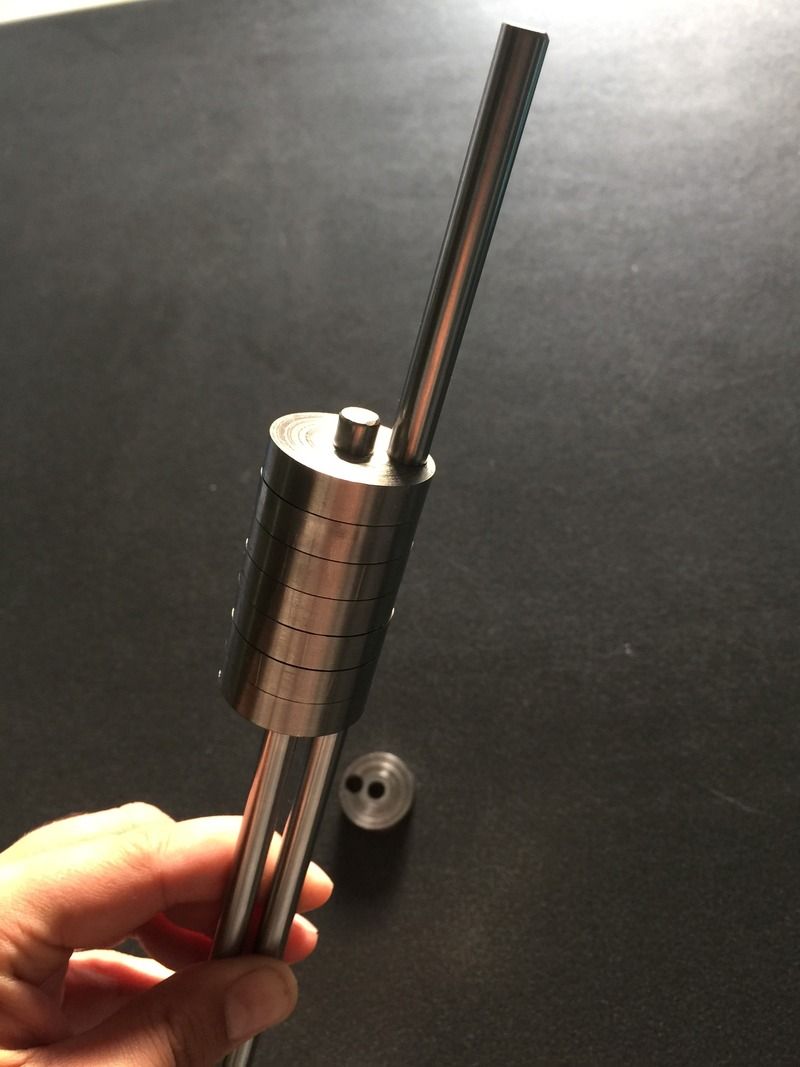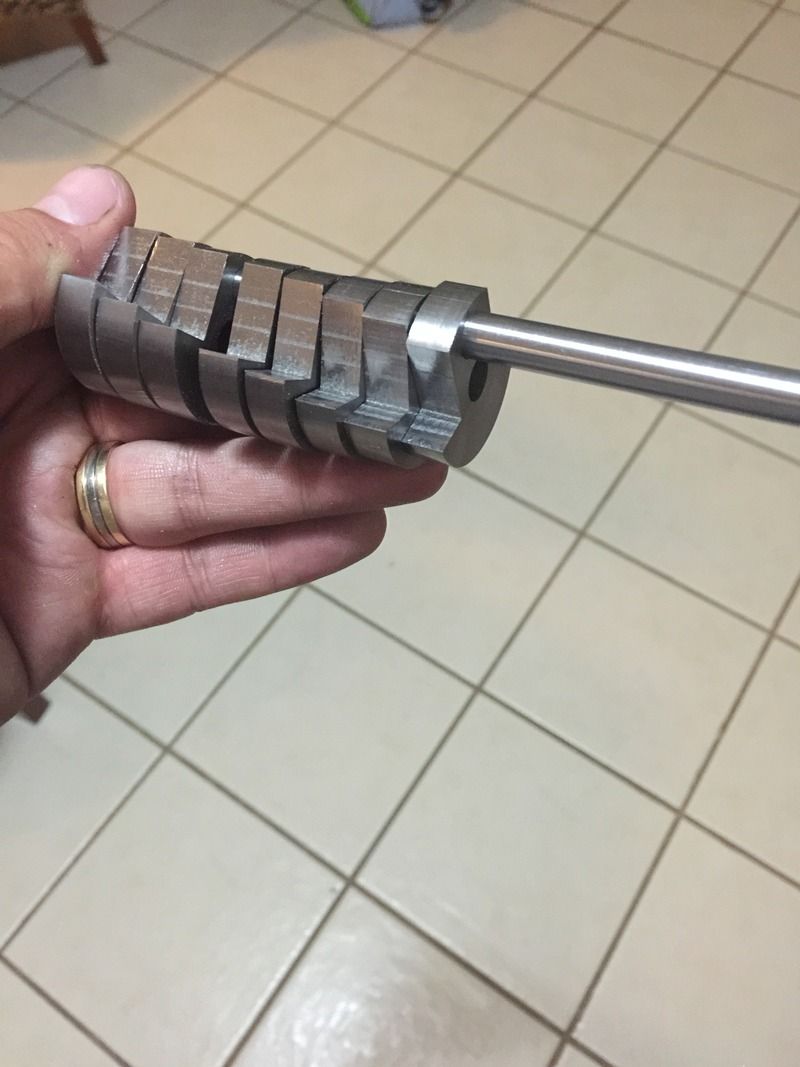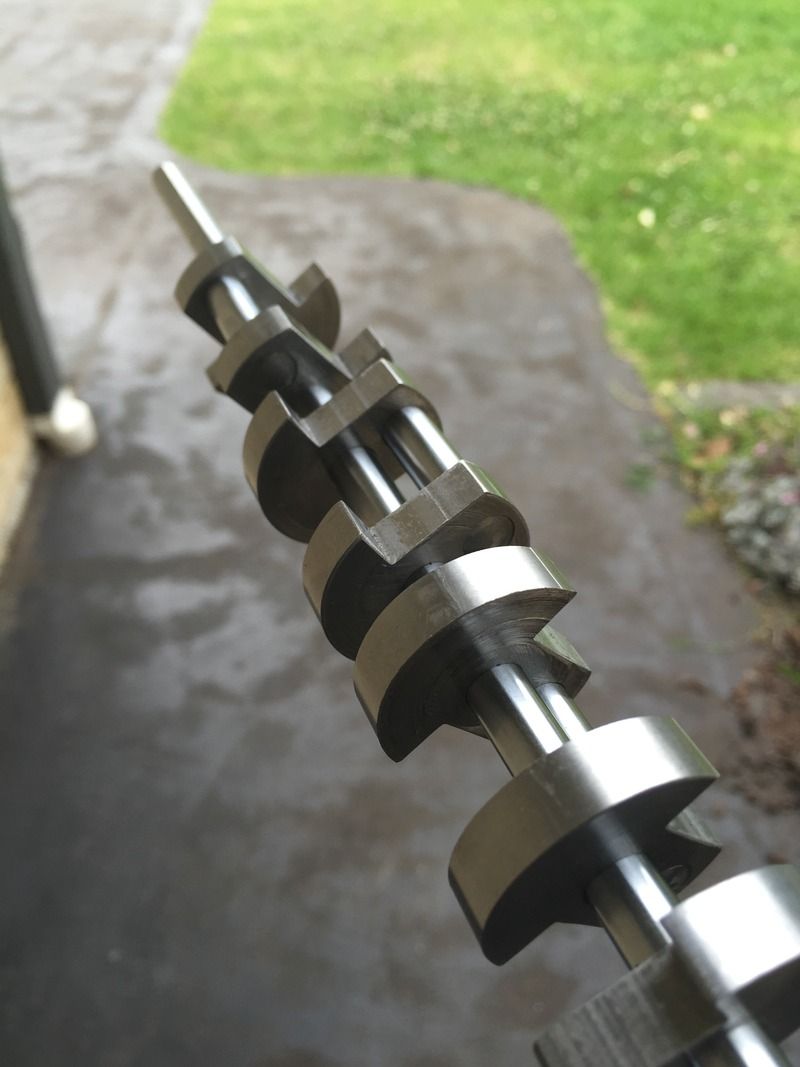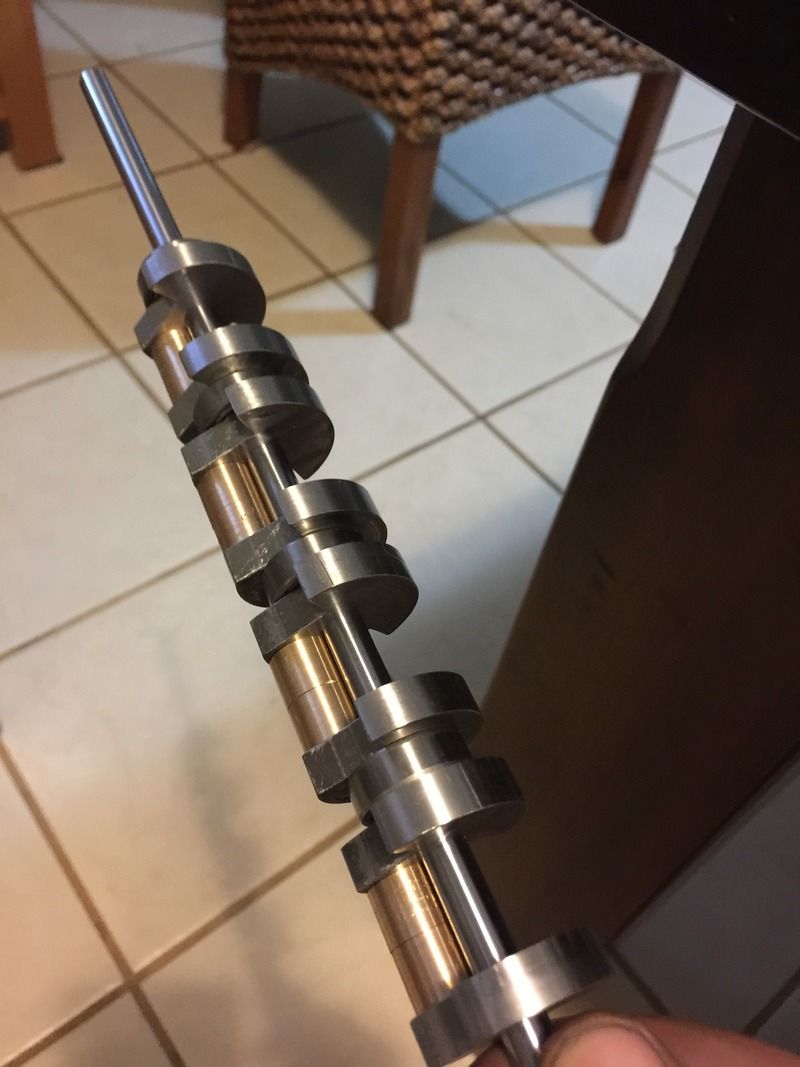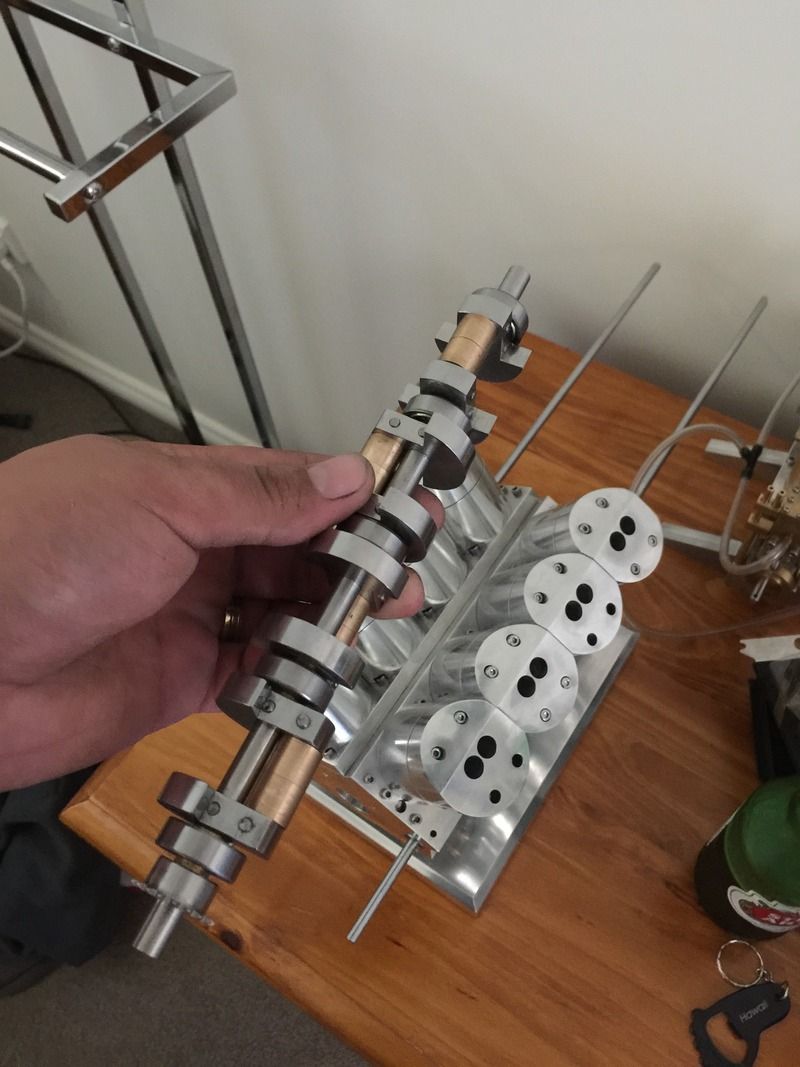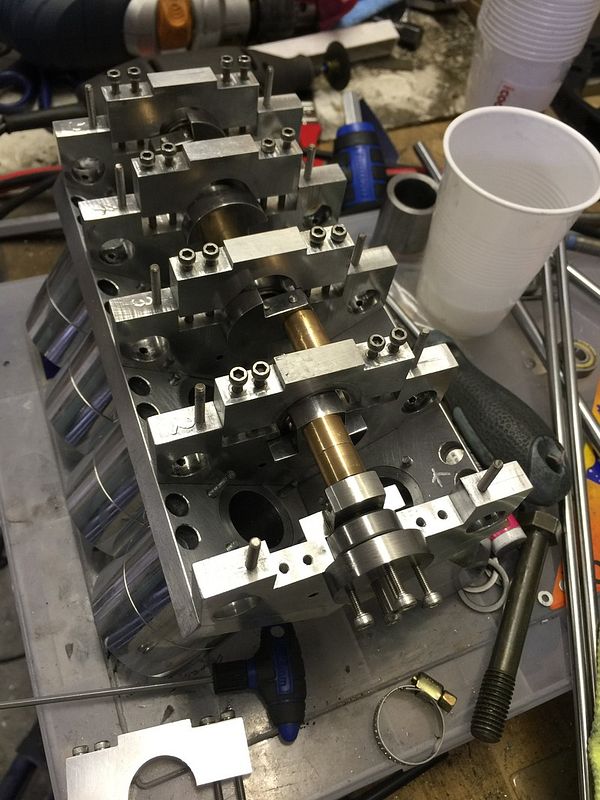grizelli
Active Member
- Joined
- Dec 24, 2013
- Messages
- 30
- Reaction score
- 7
Hi all. I have been working on a new engine and am having trouble getting a strong and true crankshaft - the engine is a horizontally opposed 2 stroke, with two 'clapping hands' pistons per cylinder, which makes it difficult to make a non-wobbly fabricated crank. The bores are 30mm with each piston having a 30mm stroke, so its not a small engine
I am wondering if anyone has had experience of cast iron for building up the crank? I can't cast one, but I have a supply of grey (meehanite) cast bar which I could machine. Is it going to be man enough for the job? Don't want to go to all the trouble of making it only to have it fly to pieces
Thanks for any advice
Martin
I am wondering if anyone has had experience of cast iron for building up the crank? I can't cast one, but I have a supply of grey (meehanite) cast bar which I could machine. Is it going to be man enough for the job? Don't want to go to all the trouble of making it only to have it fly to pieces
Thanks for any advice
Martin






